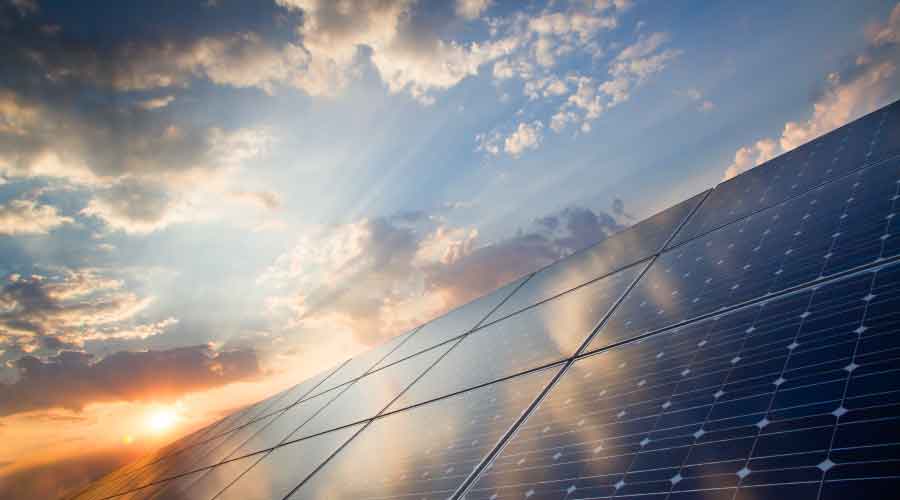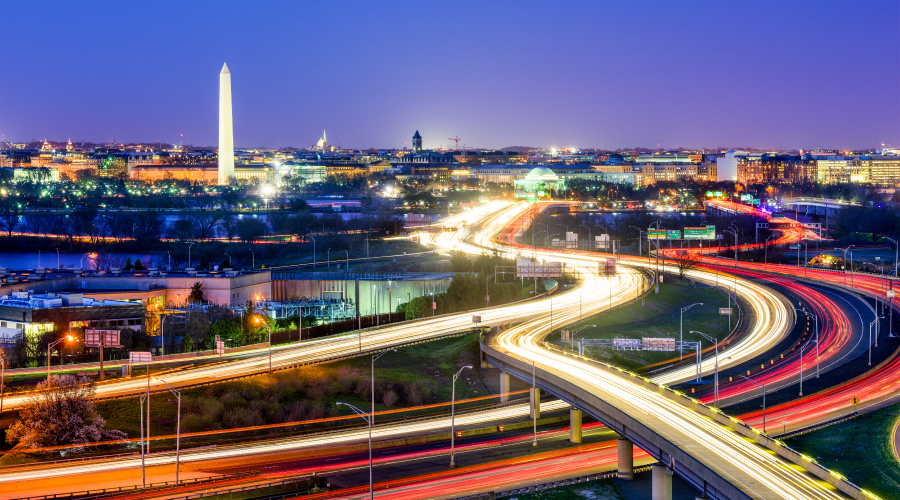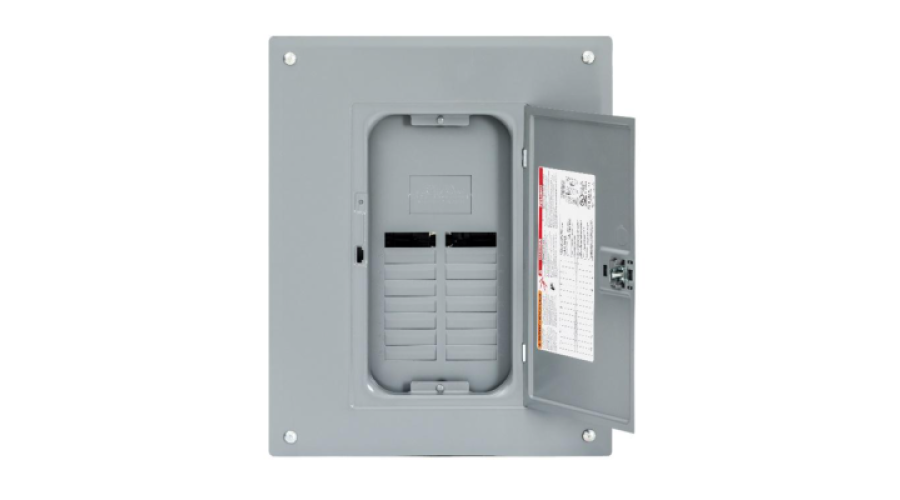
Biden Administrations Ramps Up Solar Support
The moves attempt to kickstart a number of stalled U.S. solar projects. June 22, 2022
By Greg Zimmerman, senior contributing editor
The supply chain crisis, trade tariffs, and the covid-19 pandemic have wrought havoc on a U.S. solar industry that had been exhibiting extremely strong growth. Tariffs on imports and an investigation by the Commerce Department had slowed the flow of foreign-made solar panels to the U.S.
Now the Biden Administration is taking steps to ramp up the flow of foreign-made solar panels back to U.S. markets, thereby kickstarting many stalled solar projects. According to the Washington Post, the Biden Administration is pausing tariffs on solar products, as well as pausing an investigation into tariff-dodging. According to Grist, that pause on tariffs is for four Asian countries, Cambodia, Vietnam, Thailand, and Malaysia.
The Biden Administration is also invoking the Defense Production Act to “boost domestic clean-energy companies,” thereby making U.S. solar products more competitive with foreign, a move hailed as a positive step by the Solar Energy Industries Association (SEIA).
“We applaud President Biden’s thoughtful approach to addressing the current crisis of the paralyzed solar supply chain,” said SEIA president and CEO Abigail Ross Hopper in a statement. “The president is providing improved business certainty today while harnessing the power of the Defense Production Act for tomorrow. Today’s actions protect existing solar jobs, will lead to increased employment in the solar industry and foster a robust solar manufacturing base here at home.”
The American Clean Power Association also applauded the strategy, noting that the plan will allow U.S. projects to meet increasing demand for solar.
Solar companies in the U.S., however, weren’t as sold on the moves. According to the Washington Post, at least two companies complained that the move undermines U.S. production and that it may actually be illegal to pause the investigation into the tariffs.
The moves come as the U.S. had its lowest quarter of solar installation since the beginning of the coronavirus pandemic, according to SEIA.
Greg Zimmerman is senior contributing editor for FacilitiesNet.com and Building Operating Management magazine.
Next
Read next on FacilitiesNet












